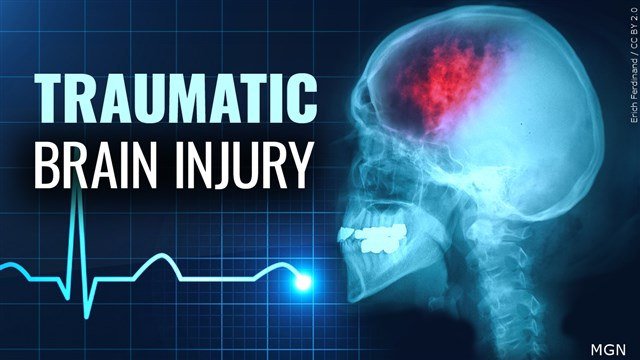New Oregon Health Authority data dashboard finds traumatic brain injuries are on the rise among all age groups

PORTLAND, Ore. (KTVZ) — The Oregon Health Authority has published a new online, interactive data dashboard for tracking incidence of traumatic brain injuries, or TBI, so it can better understand the magnitude, demographics and costs of the injuries and deaths they cause.
The Injury and Violence Prevention Section at OHA’s Public Health Division developed the Oregon Traumatic Brain Injury Safety Dashboard and launched it May 28.
The data on the dashboard include deaths, emergency department discharges and hospital discharges for TBI across all ages, including youth younger than 25. Data are aggregated for annual, statewide trends and a three-year average for county-level and demographic trends.
Discharge data for hospitals and emergency departments come from OHA’s Health Policy and Analytics Division and the Hospital Association of Oregon; fatality data come from OHA’s Center for Health Statistics; and population data come from the National Center for Health Statistics and Portland State University.
According to Centers for Disease Control and Prevention data, TBI is an injury that affects how the brain works. It may be caused by a bump, blow, or jolt, or penetrating injury to the head (e.g., from a fall, motor vehicle crash, bicycle crash, assault, or sports injury).
“The purpose of the TBI data dashboard is to help us better understand the significant frequency impacting individuals and our community as well as higher burdens to different groups of Oregonians. The initial version of the dashboard provides a brief picture of who is more affected by TBIs and where TBIs are more often occurring, with which we can better assess trends for ongoing prevention work and evaluation,” said Dagan Wright, Ph.D., senior injury epidemiologist and informaticist in the Injury and Violence Prevention Section.
TBI is a major cause of death and long-term disability in the United States. A TBI is difficult to detect visually, can affect a person short or longer term, and may affect a person’s daily functioning, interaction with others, overall health, and quality of life due to cognitive, behavioral, emotional and physical effects that affect interpersonal, social and occupational functioning. In addition to the impact of TBI on the individual, TBI can harm families and communities.
So far, the data on the Traumatic Brain Injury Safety Dashboard show that TBI fatalities in Oregon are increasing year over year for all ages, with the highest rate of TBI fatalities among males older than 65.
Nationally across all age groups, the leading causes of TBI fatalities are firearm-related suicides, unintentional falls, and unintentional motor vehicle crashes. Leading causes of nonfatal TBIs are unintentional falls, motor vehicle traffic crashes, strikes by or against an object such as those occurring in sports, and assaults.
Anyone can experience a TBI. However, some groups are at greater risk of dying from a TBI or experiencing long-term health problems after the injury. Examples of groups who are more likely to be affected by TBI include: communities of color and tribal communities; service members and veterans; people who experience homelessness; people who are in correctional and detention facilities; survivors of intimate partner violence; and people living in rural areas.
The Injury and Violence Prevention Section is working with a diverse team of subject matter experts including physicians, educators, researchers, lawyers, epidemiologists and school nurses to raise awareness of the risks of TBI, and to help connect students returning to school after a traumatic brain injury to needed accommodations.
One project involves a pilot program at a pediatric clinic in southern Oregon where parents whose children have experienced TBI are being connected with their Education Service District to find out about return-to-school accommodations.
In addition, the Injury and Violence Prevention Section is in the process of creating a series of short TBI informational videos for public distribution sometime early next year.